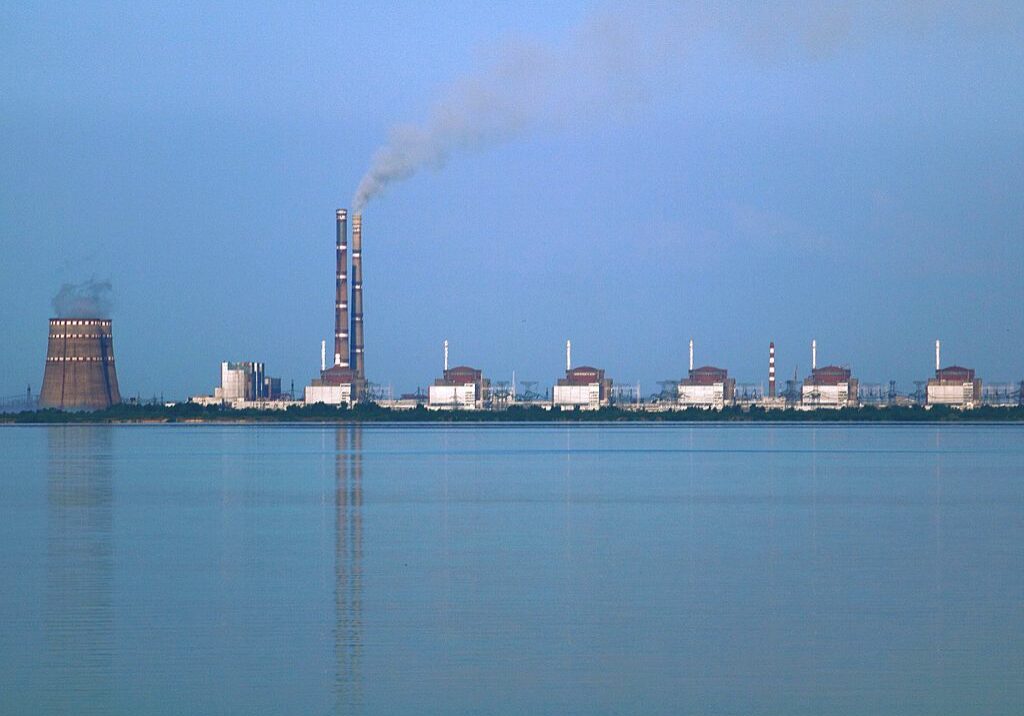Ukraine’s nuclear risks

No matter the genesis, the cause, or who started what, the reality remains that there are 15 operating nuclear reactors in Ukraine that, if conflict breaks out there, could be in peril. If the reactors find themselves amidst a conflict or war, they cannot simply be abandoned by the workforce. This makes the prospects of a war in Ukraine all the more alarming, and the imperative to avoid this all the more urgent.
As we saw in Japan, after the major earthquake that hit on March 11, 2011, followed by the devastating tsunami, rescue operations in some hard-hit areas were hampered by high levels of radiation released by the subsequent triple meltdowns at Fukushima Daiichi. How many lives were lost in the earthquake or tsunami that might have been saved had first responders been able to safely enter those disaster zones?
TEPCO at one point wanted to pull its workforce from Fukushima Daiichi, fearing for their safety. This put then prime minister, Naoto Kan, in the terrible position of ordering them to stay — a sacrifice of the few to save many because of our stubborn insistence on using an energy technology that can irradiate an entire country or worse.
Abandoning Daiichi to a major runaway meltdown would have forced evacuations further afield, including from the still operating Fukushima Daiini nuclear power plant less than 10 miles down the coast. Abandoning Daiini would have meant more meltdowns. And so on. Such a cascade of nuclear disasters would have necessitated the evacuation of Tokyo, a city of close to 14 million people. That, Kan later said, would have been the end of Japan as a nation. More
Support Beyond Nuclear
Help to ensure a safer, greener and more just world for all

